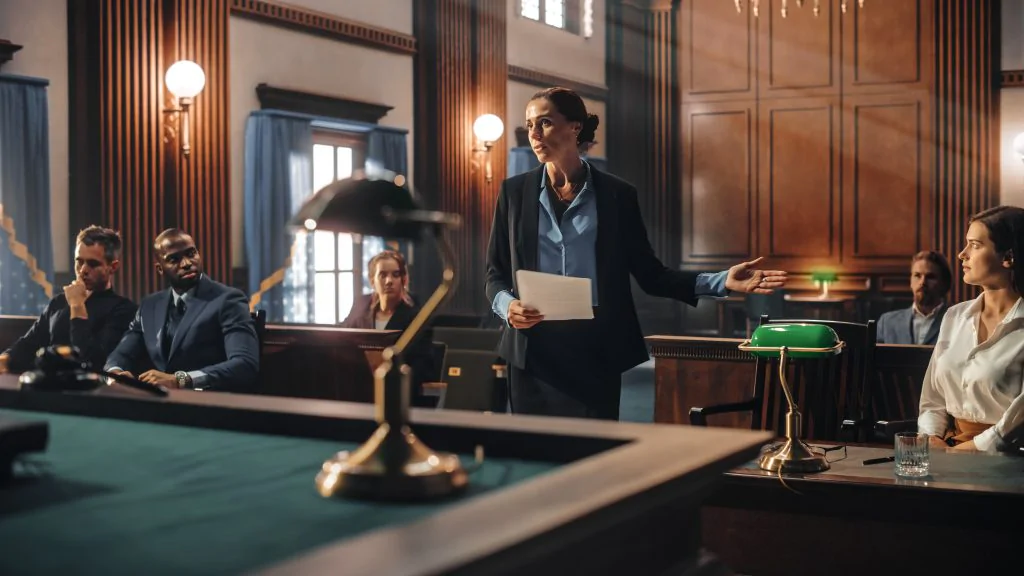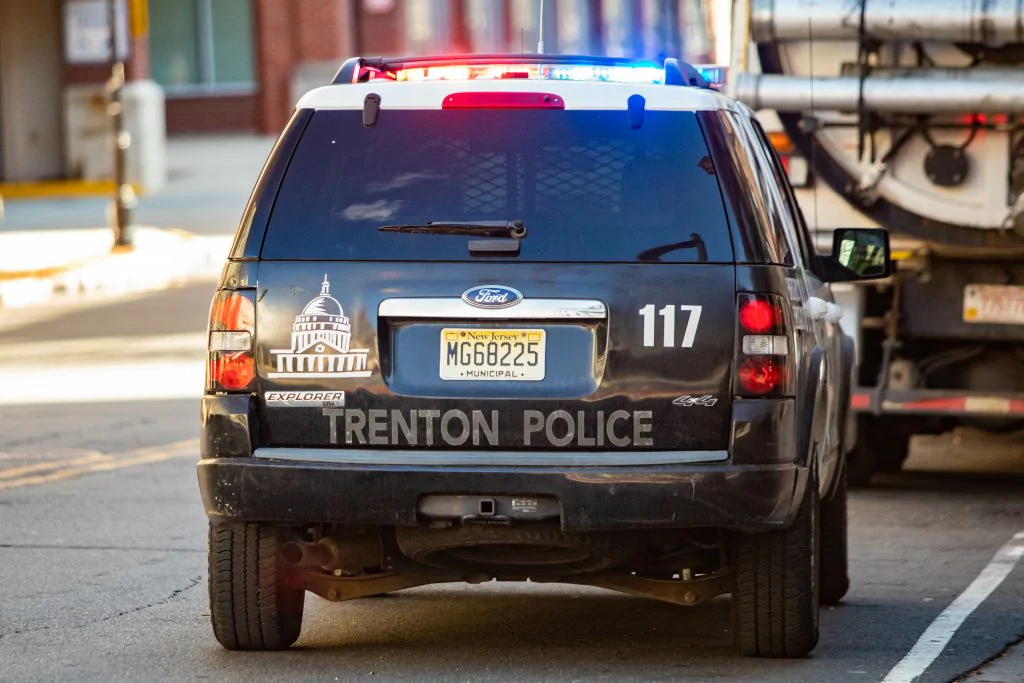The New York Metropolitan area is one of the most dangerous places to ride a bike. Even bicyclists wearing proper helmets, reflectors and bike lights can fall victim to drivers of motor vehicles. The consequences and injuries caused by bicycle accidents can be catastrophic.
Bicyclists in Inwood, NY put themselves at risk each day while navigating the busy streets of Upper Manhattan. Scarce cycling infrastructure in Inwood leaves residents even more susceptible to injury and danger beyond the standard risks of riding a bike. Staying away from dangerous biking locations is one way to stay safe, but the people of Inwood must know their legal options for accidents out of their control.
Bicycle Safety Laws In New York
When riding a bicycle on roadways, bicyclists must follow the flow of traffic. Bicyclists must obey the same rules as drivers of motor vehicles. To best avoid an accident, bicyclists should be aware of the rules enforced in the interest of their safety. Some major rules are:
- No driving bikes on sidewalks unless sign allows
- Cycling is prohibited on expressways, drives, highways, interstate routes, bridges and thruways unless sign allows
- Cyclist must have hand on handlebars when operating a bicycle
- White headlight and red taillight must be used from dusk to dawn
- Bell or other audible signal device is required
- Working brakes required
- Reflective devices required
- Bicyclists are required to use hand signals to turn, or to decrease speed
Next to following the rules of the road, one major way to avoid a bicycle accident is to know where to expect danger.
Most Dangerous Areas to Ride a Bike in Inwood
The following areas are known for being hazardous to pedestrians and cyclists:
Intersection of Broadway at Riverside Drive and Dyckman Street: Running from the Hudson River to the Harlem River, Dyckman Street (AKA West 200th) connects the two greenways and accommodates the area’s most prominent shopping strip. Traffic pours in from the West Side Highway and Harlem River Drive, with many using the street as a toll-free route to the Bronx. The five-legged junction at Riverside and Broadway is undoubtedly one of Inwood’s most dangerous intersections.
The city has studied and proposed improvements for reducing congestion and shortening crossing distances for pedestrians and cyclists. The intersection once required crossing 150 feet in roughly 30 seconds. The city has since made some improvements to the site where 128 crashes occurred from 2010 to 2012. Residents should still heed extreme caution in this area while completion of the project remains underway.
Dyckman Street between Broadway and Nagle Avenue: This four-lane stretch experiences the heaviest motor vehicle traffic on Dyckman. For nearly a decade, street safety advocates lobbied the Department of Transportation for a protected bike lane. During that time, more than 300 people were injured by traffic crashes on Dyckman, according to city data. The protected bike lane was finally installed and completed in 2017, bringing some order to the chaotic street where bikers were forced to dodge double-parked cars.
Alarmingly, the new design was in place for just 10 months before the city repaved the street and completely removed the bikeway. The reason being that business owners were upset that drivers couldn’t double-park in front of their shops. The street has returned to four through-lanes with no bike lanes and no pedestrian safety upgrades. Bikers and pedestrians beware of this extremely dangerous corridor.
Northbound Seaman Avenue: Inwood’s only north-south through-street west of Broadway has a northbound bike lane and southbound “sharrows.” At W. 215th street, the northbound bike lane ends and converts to sharrows. Sharrows (“share arrows”) are simply pavement markings used when a street is too narrow for cars and bikes to ride side-by-side. They offer no protection and are there just to remind bicyclists and motorists that the lane must be shared.
Without protected bike lanes on Seaman Ave, cyclists must constantly weave around double-parked cars. It is also a known fact that speeding is problem on Seaman Ave. For years, residents have been concerned with how many cars pour in and out of the blind curve while rushing to get on and off the Henry Hudson Highway.
Reports say 67 people have been hurt along this corridor since 2009, including this victim of a hit and run who was struck in a crosswalk. The street is such a public concern that a group of Girl Scouts collected over 500 signatures to urge the Department of Transportation to add red blinking lights and rumble strips at the intersection of Seaman and 218th Street. With no update available on the matter, cyclists and pedestrians should continue exercising extreme caution in this area or avoid it all together.
NYC Bicycle Accident Information for Inwood Residents
In 2014, NYC adopted a Vision Zero safety plan to eliminate pedestrian and bicyclist fatalities by 2024. Most recent data from the campaign indicates that bicyclist fatalities continue to rise. In 2019, there were 3,835 crashes in NYC involving cyclists and motorists in which the cyclist was killed or injured.
Inwood residents should have some insight into the consequences of interactions between drivers and cyclists in NYC. There is extra concern in knowing that the Department of Transportation prioritizes double-parking over protective bicycle infrastructure in their neighborhood. They should know that if they’re hit and injured by a driver while riding a bike, the chances are the crash was not their fault.
NYC Bicycle Accidents: Facts and Contributing Factors
- In 2019, motorists were more than two-times more likely to be at fault in crashes with cyclists
- Drivers alone caused 52 percent of crashes with bike riders, resulting in 20 cyclist deaths
- Cyclists are less likely to be killed when they cause the crash: crashes caused by cyclists accounted for only 7% of all crashes in 2019
- When drivers are at fault in crashes with cyclists, distracted driving and failure to yield right-of-way accounted for 62% of incidents
- From 2017-2019, six cyclists were killed by drivers opening doors into them as they drove by
- 101 cyclists were injured in recent years due to poor road conditions, including: slippery pavement, debris in the road, traffic control devices and improper lane marking
Overall, cyclists are injured or die from negligent drivers more often than their own errors. If community leaders prioritize business parking access instead of safety, cyclists must protect themselves by maintaining awareness on the road as best as they can.
Data obtained through NYC OpenData Portal and Bicycling.com.
Compensation for Bicycle Accidents
New York’s No-Fault Insurance Law was enacted to ensure that crash related medical expenses were paid for victims regardless of who was at fault in the crash. This was intended to speed up compensation by avoiding drawn out litigation. Under this law, an insurance company will pay up to $50,000 for legitimate economic losses, including:
- Ambulance services
- Hospital expenses
- Doctor bills
- Prescription drugs
- Diagnostic tests, such as x-rays and MRI’s
- Therapeutic services, such as physical therapy
- Lost wages
Applying for No-Fault Benefits After a Bicycle Accident
Though the No-Fault policy was intended to ease the process, a simple mistake while filing can result in denial of the claim. There are strict guidelines to follow to ensure the claim is properly filed:
- The No-Fault Application Form NF-2: This is usually provided by the insurance provider of the at-fault driver. A copy of the form should be sent to the victim’s insurance company as well.
- Follow Time Constraints: Victims have 30 days from the date of the crash to file the application. The form must be sent to the driver’s insurance company, even if the injured victim believes the crash was not the fault of the driver. This is just one reason why it is imperative to call the police at the time of the accident. Police reports include a three digit code that identifies the insurance carrier.
- MVAIC: If the at-fault driver’s insurance company cannot be identified, the minimum action should be to send a notice to the New York Motor Vehicle Accident Indemnification Corporation (MVAIC). MVAIC is a state-run agency that compensates for insurance companies when there is no insurance. Claims can be withdrawn if the insurance company is later identified, which is often preferred. MVAIC is loaded with bureaucratic paperwork and difficult to navigate even for seasoned attorneys.
Personal Injury Claims for Bicycle Accidents
No-Fault is distinct from a bodily injury claim. If injured in a crash, a cyclist may have the right to sue for the injury, pain, and suffering. The time limit for acting on a personal injury claim is three years from the accident if suing an at-fault driver. Suing the City of New York involves other specific deadlines and guidelines. It is in anyone’s absolute best interest to consult with an attorney to make sure the strongest possible claim is built.
The value of a bicycle accident case is difficult to determine without a thorough legal consultation as there are various factors unique to each case. The most common factors essential in calculating financial recovery include:
- The severity of injury
- The amount of assets or insurance a defendant has available
- Lost wages and loss of income
- Level of pain and suffering
Average settlement amounts for a bicycle lawsuit in Inwood are comparable to the rest of New York City. Sampling of bike accident compensation amounts include:
- $201,000 to a cyclist whose bicep was torn after being hit when a parked car’s door flung open on 13th Street
- $75,000 to a cyclist who fell and broke her wrist due to congestion on the Brooklyn Bridge. She claimed the city “created an unreasonable risk of harm by failing to provide and adequate safeguard to pedestrians and cyclists.”
- $4.7 Million to a woman biking to work when she was hit from behind by a bus by an intersection at Union Square. The bus ran over both of her legs and dragged her body, causing massive injuries and requiring 20 surgeries.
Again, calculating a settlement requires specific details of the incident. The best way to determine eligibility for a claim is to consult with a legal expert.
Contact New York Bike Accident Attorneys in Inwood
With various legal options and deadlines, a bicycle accident case can quickly get complicated. Do not wait to contact an experienced bicycle accident attorney to get started on a claim. The attorneys at Sobo & Sobo are experts at defending bike accident victims throughout New York and recovering the compensation they deserve.
Call 212-544-8892 for a free consultation with a bicycle accident attorney in Inwood, New York. English and Spanish-speaking attorneys are ready to listen to your story.




